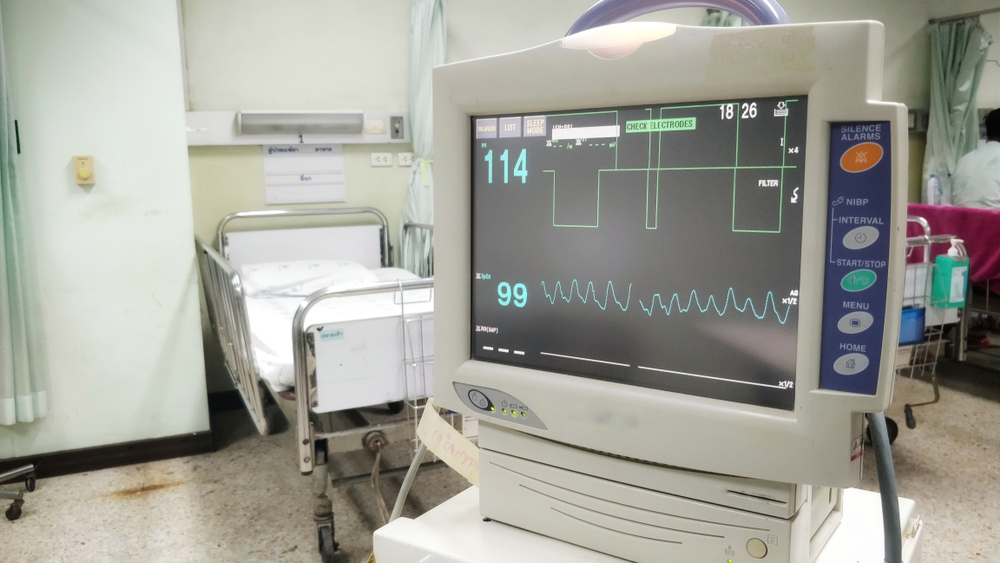Life expectancy in the United States may be experiencing a bit of a dip as of late, but cancer isn’t the culprit. That’s one big takeaway from a new study published in CA: A Cancer Journal for Clinicians today, and the data shows that cancer death rates have been on the decline since 1991.
By tracking deaths attributed to cancer over the past few decades the researchers were able to determine that the rate of cancer deaths in 2016 was an incredible 27% lower than it was in 1991. The study says that those figures translate into roughly 2.6 million fewer cancer deaths over that time period.
“The continued decline in the cancer death rate over the past 25 years is really good news and was a little bit of a surprise, only because the other leading causes of death in the US are starting to flatten,” Rebecca Siegel of the American Cancer Society, and lead author of the study, told CNN. “So we’ve been wondering if that’s going to happen for cancer as well, but so far it hasn’t.”
The downward trend is also somewhat of a shock in the face of worldwide cancer numbers that are continuing to grow. Cancer remains the second leading cause of death both in the United States and globally, with heart disease taking the top spot.
The study also tracked the cancer mortality rates based on various factors including wealth and race. The figures show that the racial gap between black and white cancer patients is shrinking, but the gap between the wealthy and the poor is actually getting wider. The statistics show that cancer death rates in the poorest areas of the United States was around 20% higher than elsewhere, suggesting that socioeconomic factors are playing a big role in who benefits from early diagnosis and treatment.
Looking forward, the researchers forecast around 1.8 million new cancer cases in 2019, which would be in line with the most recent numbers. If you want to dive deeper into the data the full report breaks down cancer cases by body part and even by state. It’s worth a read.








